Why you can trust TechRadar
We dedicate numerous hours to testing each product or service we evaluate, ensuring that you make the best purchasing decisions. Learn more about our testing process.
Peak Design Pro Tripod: A quick review
Peak Design tripods are known for their distinctive design elements. One notable feature is the leg structure, which is not a simple tube but has a six-sided cross-section that fits snugly against the center column, eliminating any gaps. The center column is also slimmer than typical models and has a matching six-sided design, allowing for a compact fold. This unique shape contributes to both the legs and the center column being remarkably sturdy.
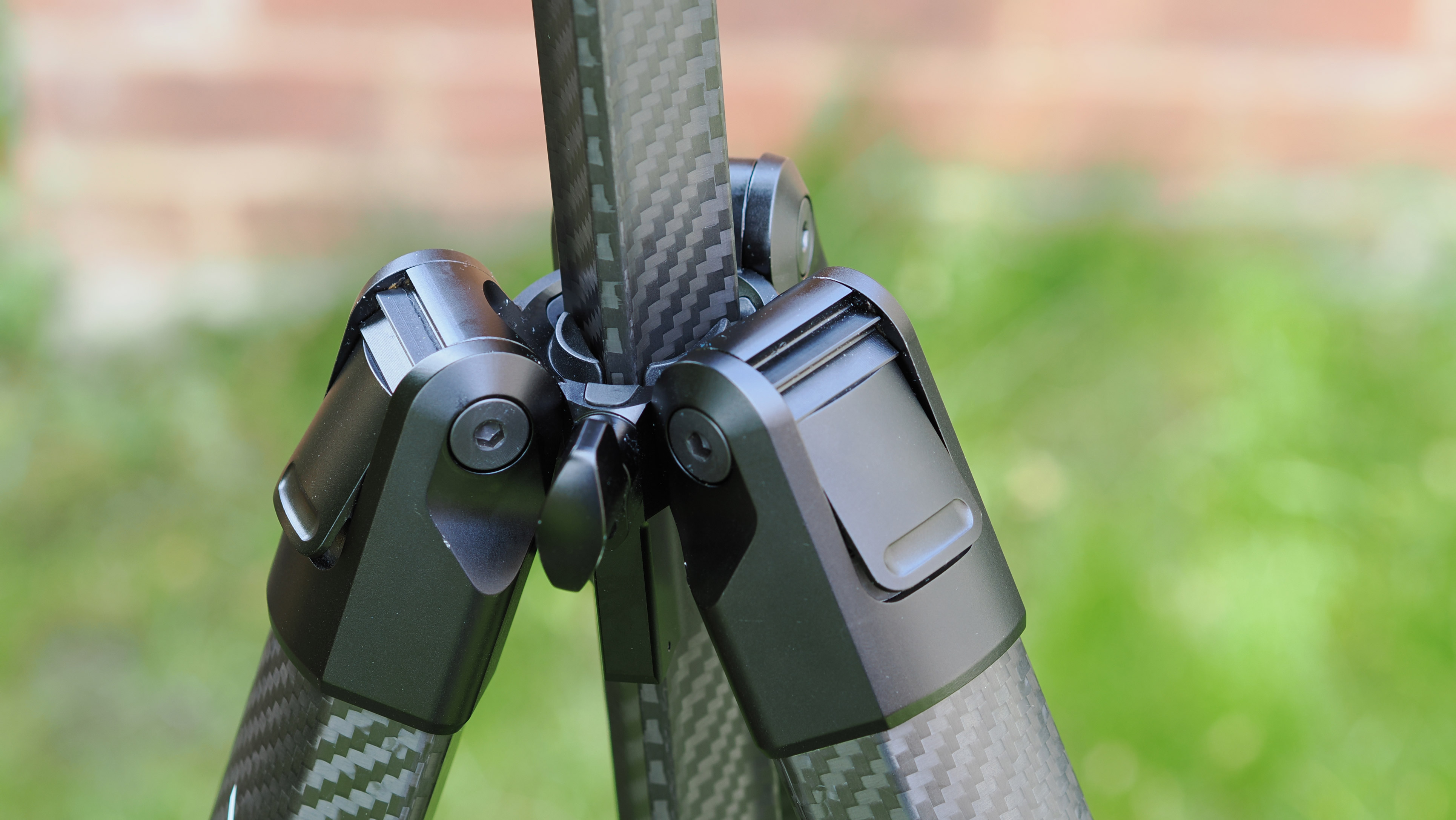
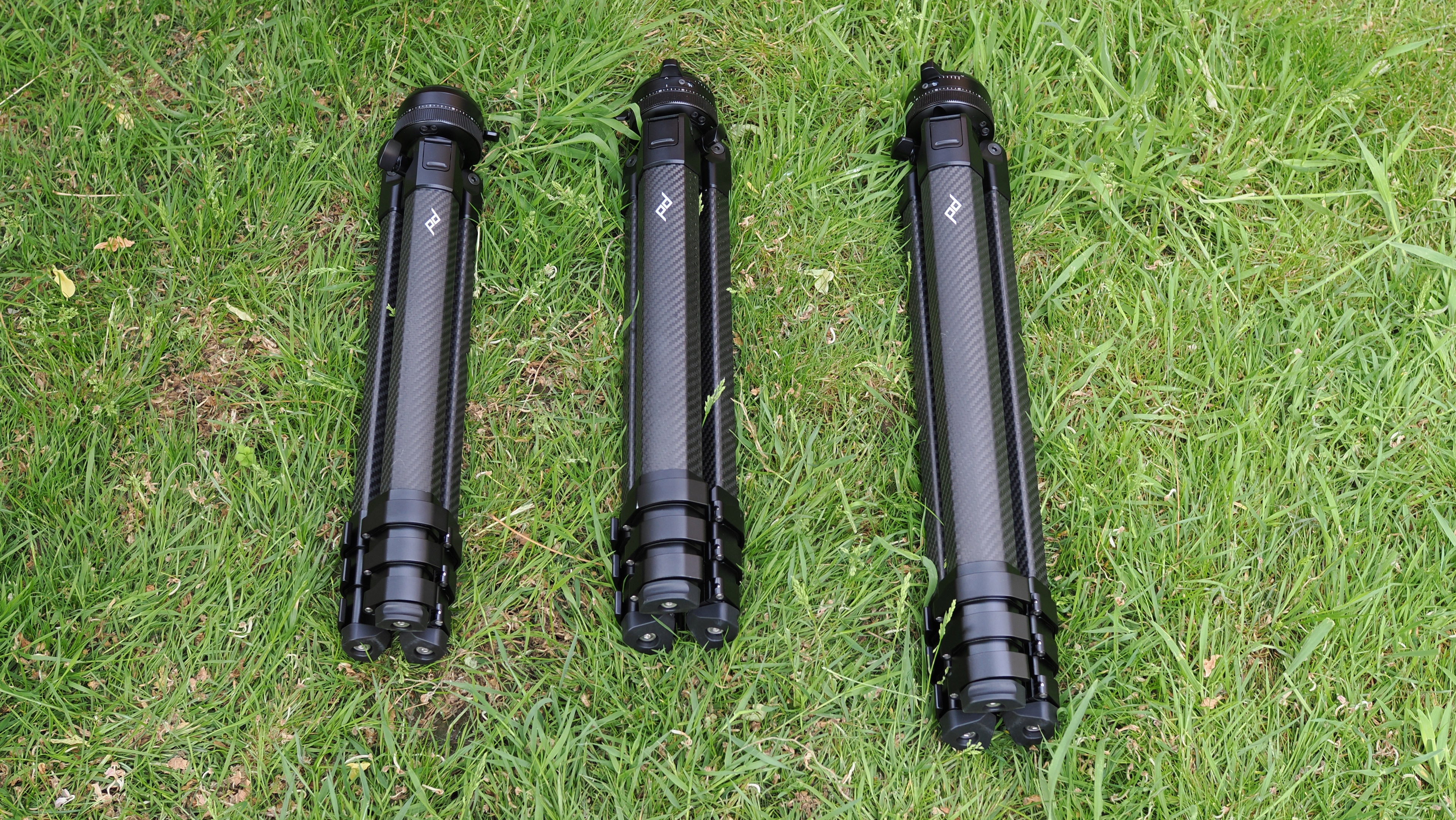
Another standout feature is the compact ball head that lacks a protruding locking mechanism. This design utilizes a rotating collar for clamping, while an additional collar above handles locking and releasing the Arca Swiss-compatible camera plate.
This low-profile ball head construction allows users to fold the legs and store the tripod without needing to rotate them 180 degrees, simplifying the packing process.
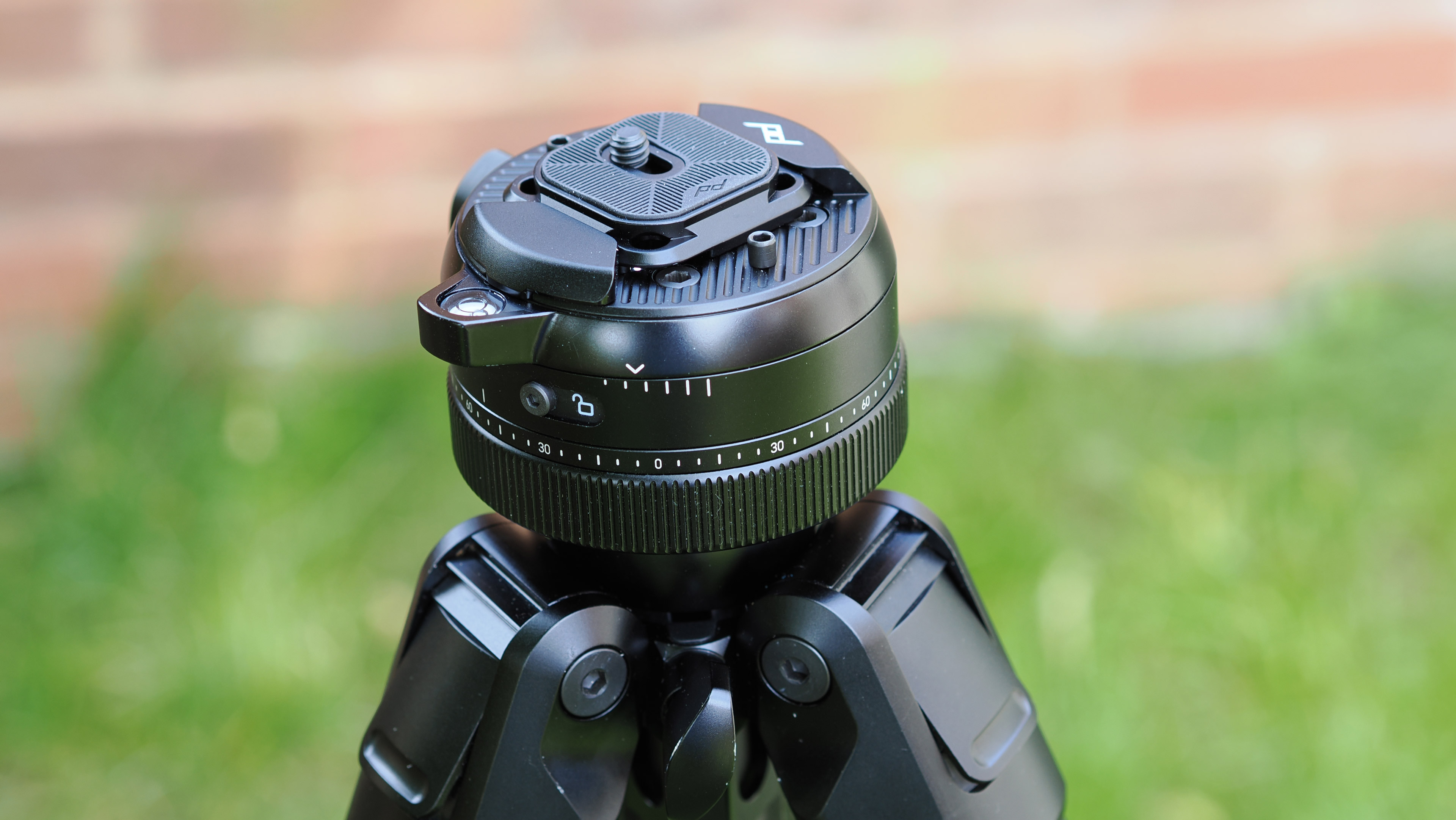
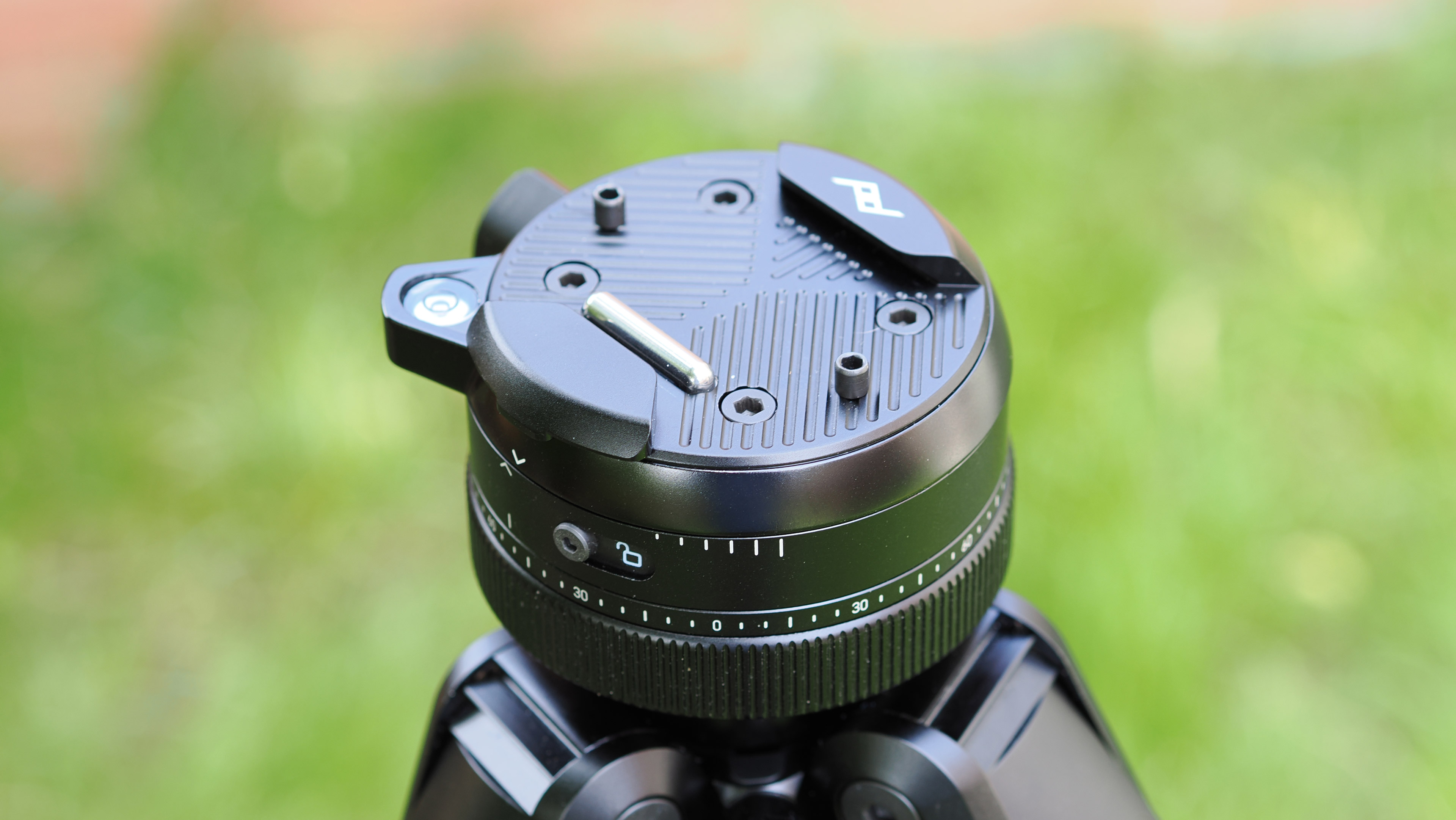
These design innovations made the earlier Peak Design Travel tripod stand out, and now they have been enhanced for the new Pro models aimed at professional photographers.
There are three variations of the Pro tripod available. The standard Pro tripod is the one I focused on for this review, but I also had a chance to experiment with the Pro Lite and Pro Tall models. The Pro Lite maintains a similar height and folded length as the standard version but is designed with lighter materials for increased portability. The Pro Tall features longer legs, allowing it to reach eye-level for taller users without extending the center column, exceeding my own height!
The updated Pro tripods are not only larger and more solid than the original Travel Tripod — they also feature a new ball head design that is more substantial and has an innovative ‘inverted’ style, placing the panning axis above the ball rather than below it. This design allows for leveling the panning axis during panoramic shots without adjusting the leg lengths, which, while offering limited adjustments, could be just what you need.
For those who need extensive adjustments of the panning axis or primarily work with video, Peak Design provides additional options. Two new accessories are available: a tilt head for video operations and a leveling bowl that can replace the standard center column, featuring a typical head attachment screw for compatibility with your preferred video head.
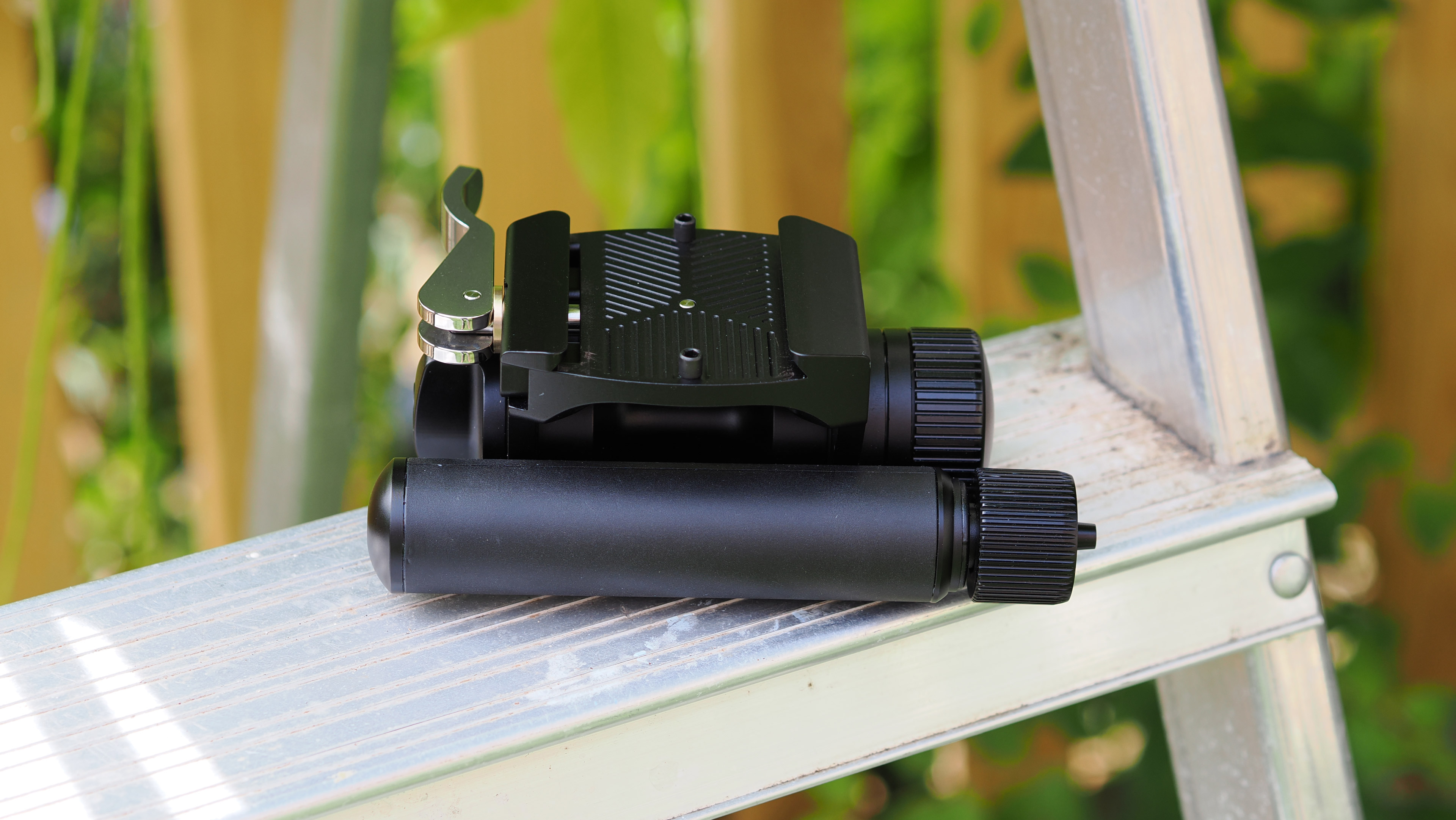

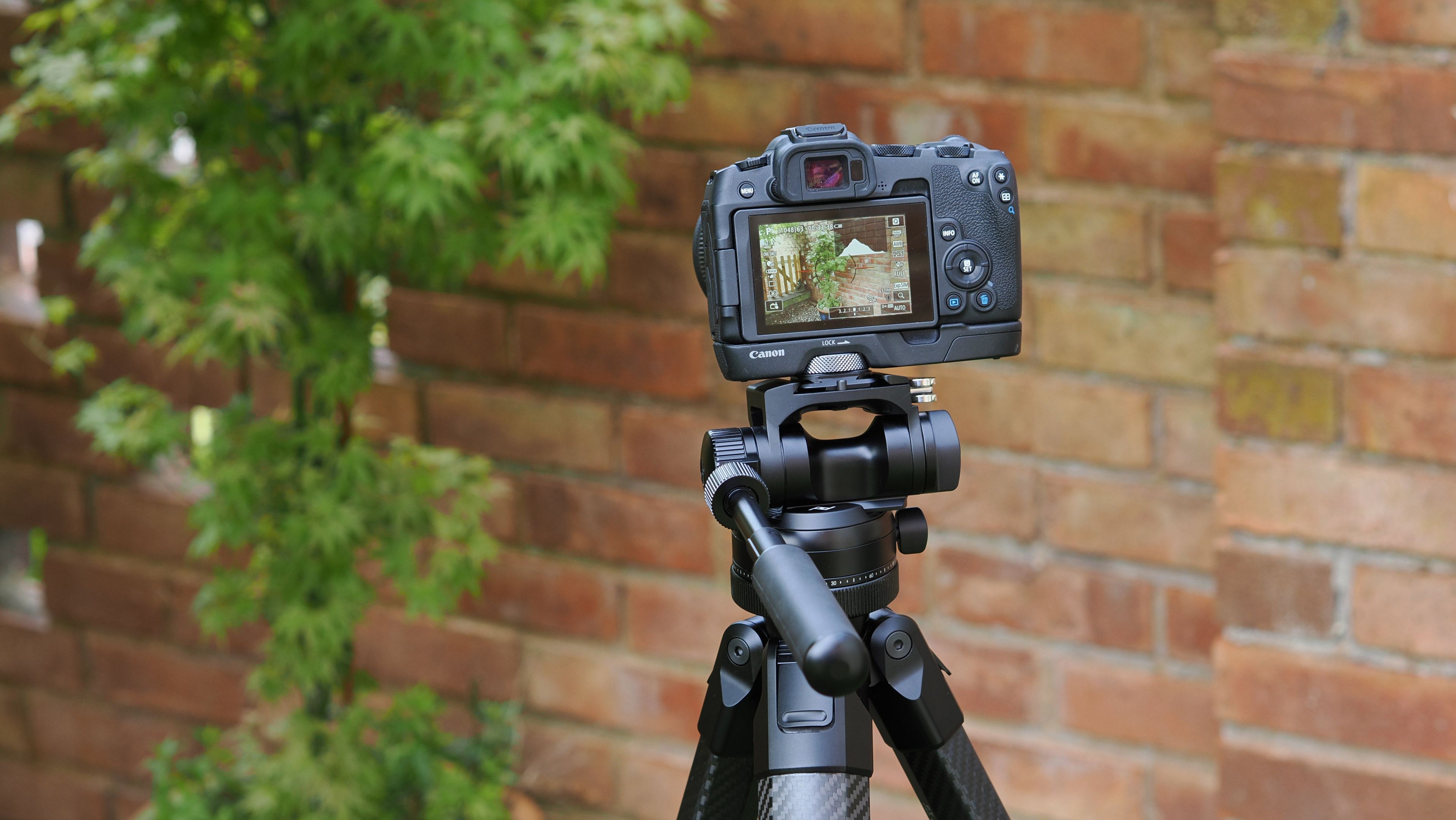
I’m a fan of the original Peak Design Travel Tripod, so do the new Pro tripods meet my expectations? Absolutely! Using them feels like handling larger versions of the Travel Tripod. The carbon fiber legs maintain a smooth and warm feel, the leg clamps operate quickly and confidently, and with four leg sections instead of five, setup is faster.
The updated Pro ball head is impressive. It has a robust design, locks securely, and doesn’t increase the tripod’s height much for transport. Plus, there are no knobs or levers jutting out to obstruct movement.
However, Peak Design’s design of a rotating collar to secure the QR plate may require a little adjustment. Two closely placed collars can initially cause confusion regarding their functions.
Nonetheless, the new Pro head feels extremely stable, and with the pan and tilt mod, it really shines. Simply replace the regular Arca Swiss plate with the pan and tilt attachment for smooth, fluid motion.
A handy, extendable panning handle conveniently attaches to the side of the head with a magnet (Peak Design enjoys magnets) and can quickly be affixed when needed. While it may seem unconventional to stack one head atop another, it actually feels like a well-designed combination. The tilt axis has a spring mechanism, allowing for good balance with longer camera plates for subtle and controlled tilt movements.
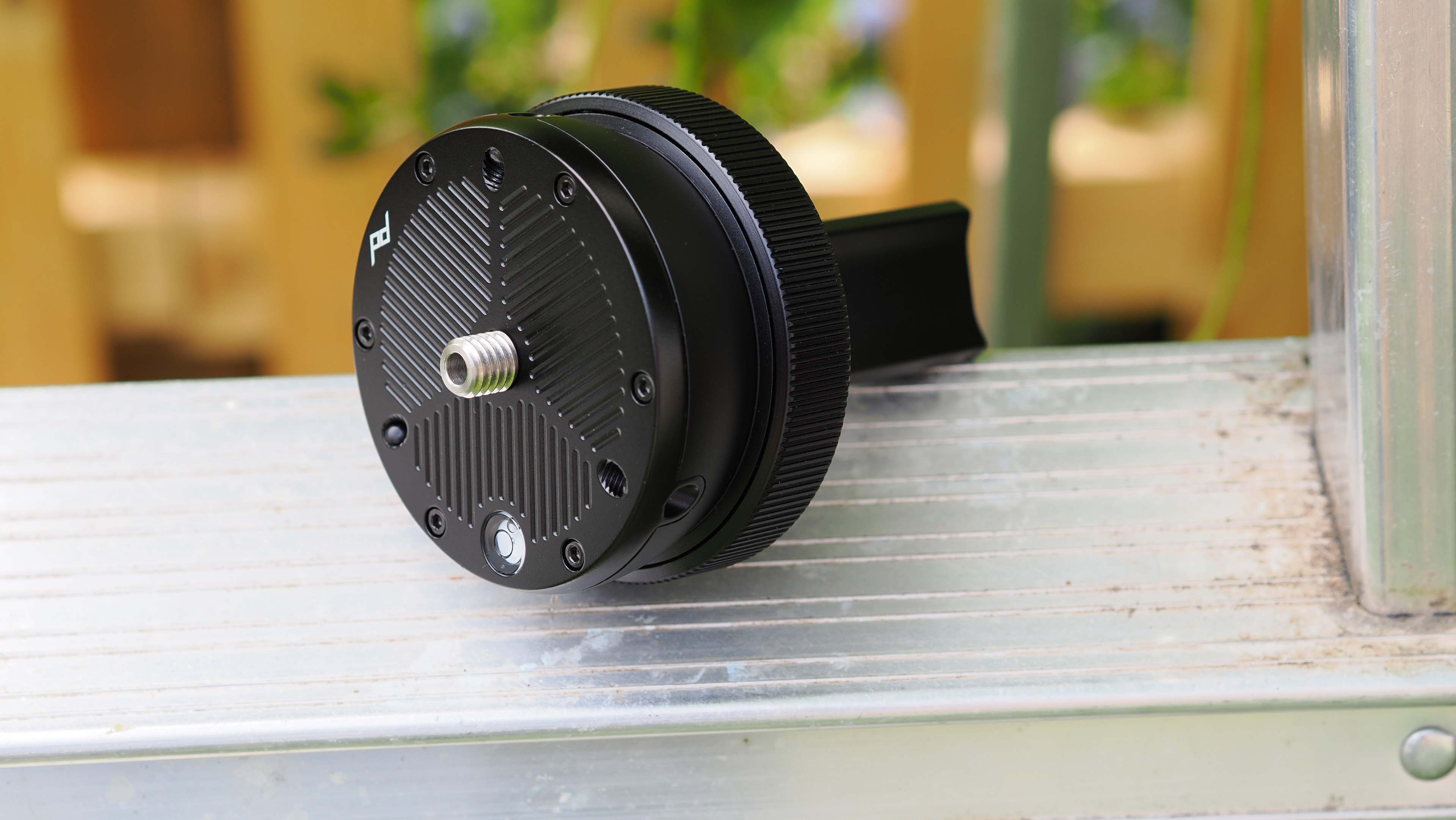
The center columns on these tripods are longer than that of the original Travel Tripod, providing added utility, and though secured with a small knob, they lock in tightly without any flex.
Optional spiked feet are available, but not included, and it appears that Peak Design doesn’t bundle a phone clamp with these tripods, which is also an additional purchase. This makes sense since these Pro tripods are designed for higher-end usage with cameras. If you choose to acquire the phone mount, it can still be stored conveniently within the center column base. Peak Design maintains its somewhat complex pull-and-twist hook release mechanism, which is manageable once you learn it but can be tricky at first.
This wraps up a brief overview of the Peak Design Pro Tripods, but which one is the best choice? It’s a bit challenging as they are quite alike in both size and cost. The standard Pro tripod is expected to retail for $899.95 when it launches fully in November 2025, the lighter Pro Lite will be priced at $799.95, while the Pro Tall will be $999.95. Pricing for the UK and Australia is still pending.
Personally, I would steer clear of the Pro Lite. While I understand the rationale behind it being a lighter and cheaper option to the regular Pro model, I feel the difference in size isn’t significant enough to warrant the savings. I’d prefer to invest in the sturdier Pro version. The Pro Tall does pique my interest; if I were 6 feet tall and preferred not to use center columns, this would be my pick. Though it does take up more space when packed, all of these tripods are too long to fit inside a standard backpack and would typically be carried externally. Also, when you don’t require the added height, extending only three leg sections rather than four will provide optimal stability.
Peak Design Pro Tripods: key specs
| Header Cell – Column 0 | Pro Lite | Pro | Pro Tall |
|---|---|---|---|
Packed length | 48.8cm | 50.1cm | 58.1cm |
Packed diameter | 8.5cm | 9.3cm | 9.3cm |
Max height with center column down | 133.2cm | 138.0cm | 162.0cm |
Max height with center column up | 162.5cm | 168.4cm | 197.4cm |
Minimum height (low mode) | 15.8cm | 15.9cm | 17.3cm |
Weight | 3.74lbs / 1.7kg | 4.19lbs / 1.9kg | 4.4lbs / 2.0kg |
Maximum payload | 15.9kg | 18.1kg | 18.1kg |
Head | Integrated Pro Ball Head | Integrated Pro Ball Head | Integrated Pro Ball Head |
Material | Carbon fiber | Carbon fiber | Carbon fiber |
Number of leg sections | 4 | 4 | 4 |
Pricing and Availability of Peak Design Pro Tripods
The Peak Design Pro Tripods are set to launch on Kickstarter on July 17, 2025, with general sales expected to begin in November 2025. The Pro Lite tripod is anticipated to be priced at $799.95, the Pro tripod at $899.99, and the Pro Tall at $999.99.
The Tilt Mod and Pro Leveling Base will be available separately, but pricing details are still pending. However, we have been informed that the optional spiked feet will retail for $49.95.
Alternative Options for Peak Design Pro Tripods
Should I Invest in a Peak Design Pro Tripod?
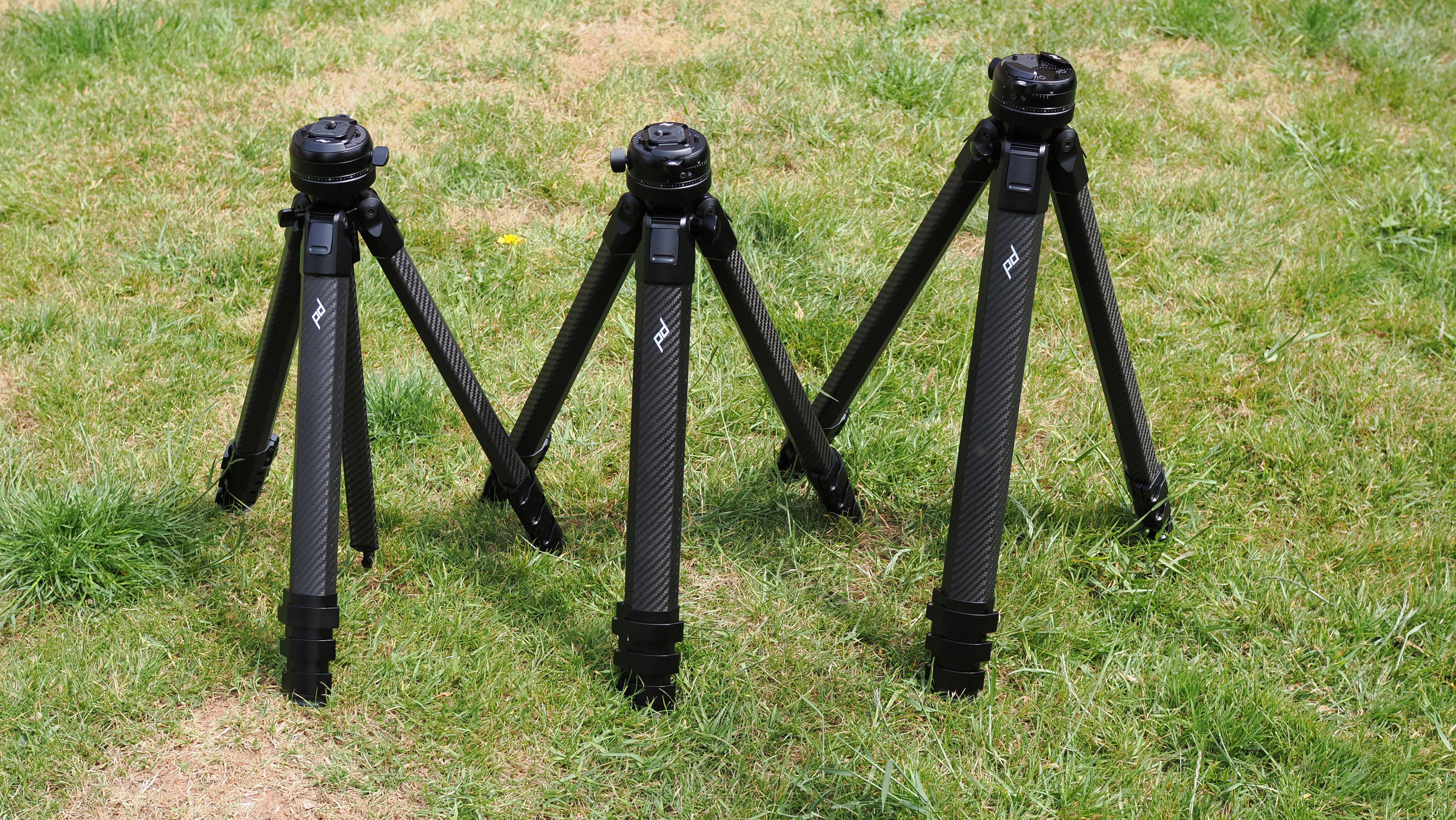
Buy it if…
Don’t buy it if…
Evaluation of the Peak Design Pro Tripods
- Speed and efficiency of use
- Stability and rigidity
- Functionality of the ball head
- Utility of add-on accessories
My review period for the Peak Design Pro tripods was limited to just two weeks due to a shortage of available models for testing. Nevertheless, I am already familiar with the original Peak Design Travel Tripod, having reviewed tripods regularly in my line of work. This background allowed me to create a checklist of what to assess and anticipate from the Pro tripods.
My main focus was to evaluate how quickly and easily these tripods could be set up. I was delighted to find that deploying them was as smooth as the original model, with enhancements from the 4-section legs and larger clamps. Additionally, I was curious whether the original’s impressive rigidity translated to these larger models, and it certainly did. I’ve yet to encounter other tripods that match the torsional stability and lack of flex in these.
I also aimed to test the new Pro Ball Head. The prior version was effective but felt somewhat small and cumbersome. The new design vastly improves upon this; it features a tighter clamp for better load support, and the inverted ball structure simplifies levelling the camera for panning shots.
Finally, I explored the Tilt Mod and Pro Leveling Base, leaving me quite impressed. The Tilt Mod integrates seamlessly with the Pro Ball Head, making them feel like a cohesive (and extremely smooth) unit. Swapping out the regular column for the Pro Leveling Base took only a moment, allowing you to use your own tripod head.
First reviewed June 2025


